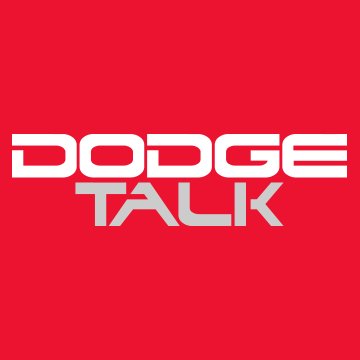I've been researching literally all night, and the consensus I've gathered is that the R/T wheels are 17x9 with a 6" backspacing and a 25mm offset.
What the hell is offset? I did a search, and the only answers I've came up with basically said "offset is opposite of backspacing." Growing up in Ireland and moving stateside where I had to learn this weird SAE measurement system. I know that 25mm is about an inch. So does that mean the outside lip is an inch? So it would show...
< front - one inch of lip (25mm offset) - mounting flange - 6 inches of baskspacing - back of wheel >
That means the mounting flange would have to be 2 inches for a total of 9 inches?
So in relation, one could put on say....a 10" wheel, with 7 inches of backspacing and 25mm offset. And it would fit the same as the 7x9 R/T wheel? But an inch closer to the frame?
Or go the other way, a 17x8 wheel with 5 inch BS would fit the same as an R/T wheel?
I'm going to throw a curve ball at y'all here now...let's say we change the offset to 38mm (1.5 inches) on a 7x9 wheel. Then the wheel would stick .5 inchs more towards the outside of the fender?
I'm confused...
What the hell is offset? I did a search, and the only answers I've came up with basically said "offset is opposite of backspacing." Growing up in Ireland and moving stateside where I had to learn this weird SAE measurement system. I know that 25mm is about an inch. So does that mean the outside lip is an inch? So it would show...
< front - one inch of lip (25mm offset) - mounting flange - 6 inches of baskspacing - back of wheel >
That means the mounting flange would have to be 2 inches for a total of 9 inches?
So in relation, one could put on say....a 10" wheel, with 7 inches of backspacing and 25mm offset. And it would fit the same as the 7x9 R/T wheel? But an inch closer to the frame?
Or go the other way, a 17x8 wheel with 5 inch BS would fit the same as an R/T wheel?
I'm going to throw a curve ball at y'all here now...let's say we change the offset to 38mm (1.5 inches) on a 7x9 wheel. Then the wheel would stick .5 inchs more towards the outside of the fender?
I'm confused...





